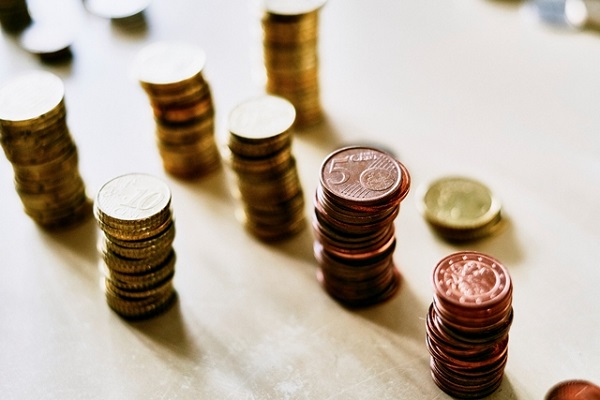
When people and companies lend their money to others for a certain amount of time they ask to be remunerated for the costs that this entails: not being able to use the money during that period and the risk of failure to repay. The only scenario where people lend each other money without expecting to receive more in the end is in the case of very good friends. And of course, parents lending to their children. In these situations, the benefit is social, not financial.
The difference between the initial amount borrowed and the amount paid back expressed in an annual percentage is called the interest rate. So if you borrow €1,000 and have to pay back €1,030 after one year, the interest rate is 3%. The interest rate will be higher the longer the period is and the less confident we are of being paid back.
And the same is true for banks when they borrow from each other and when they borrow from the European Central Bank (ECB).
A European interest rate that affects all of us
The mission of the ECB is to safeguard the value of the euro by maintaining price stability. Why? Because price stability leads to economic growth and job creation. However, since the 2008 global financial crisis, Europe has seen very limited inflation (general rise in the price level over a period of time) and very slow economic growth. This means that growth has been subdued in salaries and corporate profits alike, so that both consumers and businesses are reticent to spend and invest. The less they do, the slower the economic growth.
Breaking this cycle involves giving consumers and businesses an incentive to spend or invest their money rather than leave it in their bank accounts, where the value would be eroded by inflation. To achieve this, since 2014, the ECB has lowered the official rate to a negative interest rate, essentially making banks pay to park their excess cash (the difference between the deposits received and the loans granted to clients) at the ECB.
The effect? If placing your excess income (or excess profit for companies) in a savings account or bank deposit costs money, businesses and individuals will invest (from big factories to a new moped) driving prices upward, i.e. increasing inflation levels. All of this spurs on economic activity and that is a good thing in times of crisis!
Where do we go from here?
Negative interest rates might sound like unconventional policy but they have been a reality for some time in many countries. The question now is what are the best alternatives for your savings (except for your emergency fund, which you should always factor in!).
Diversification remains key. It is the best way to mitigate different risks:
- Investing in shares, bonds and investment funds can yield substantial results over a longer period of time, but there are risks involved. You can invest small amounts (from €50) regularly and your money is available should you need it
- Investing in real estate can generate a steady source of income, although the necessary initial investment is typically large and your money is not readily available should you need it
- Investing in upgrading the energy consumption of your home (e.g. better insulation of outer walls and roof, better windows, upgrading with solar systems) will increase the value of your property and has an added feel-good factor!
Discuss with your financial advisor, define a plan and make your money work towards your projects and dreams!









